
Review on 🔌 ESP-01S USB to ESP8266 ESP-01S Wireless WiFi Adapter Module - Wi-Fi CH340G, 4.5-5.5V, 115200 Baud Rate - Enhanced Wireless Connectivity Solution by Robert Hines

No reset button? in Network Adapters
I wasn't sure if this was a good idea when ordering, but trying to work around my own design it looked cheap enough to work. To be able to use this device you have to have it in your hand - so for me that means using a USB extension cable as the computer case isn't on the table for me to look at. So I already have the same cable as the FTDI option. There's a handy slider on the side to put the device into programming mode and "FTDI" (why not just call "Start"?). It works! Plug in your ESP8266-01, connect it to your computer and use the USB serial connection shown. When the device is set to program you can download the program and when the device is set to 'run' you can see the serial communication with the ESP8266. However, you must disconnect the USB after each programming. On my system (Linux) this means that the serial port MAY change depending on how fast I'm doing it. On my breadboard I just press "Reset" and everything appears according to the D0 setting (programming mode). There is no reset button - so this is the only option. I've tried removing the ESP8266 to force a reset, but I don't recommend that - chances are you'll insert it incorrectly and lose the block in the process (and I don't know if that block has short circuit protection, etc.. ). So I'll probably build my own little thing and make it usable with both USB and FTDI, depending on what's close and what's easy to do. Well, unless I find something that's not worth the time. I don't see any advantage over a simple breadboard with a reset circuit (a resistor, cap and switch). Another advantage I have over this board is that I can connect D0 and D2 to "something" - so not sure what "working mode" does unless you connect ESP8266 to something other than a network (note - ESP8266 are typical clients, not server). The device is compact and takes up as much space as an FTDI 232 (it's actually a bit thinner) - were it not for the large USB connector instead of the B/C connector. There are no cables to connect to the program, so it's a cleaner method. That means once you make an end ONCE it's done forever, so there's not much of a difference.
- Large selection
- Annoyed
New products
Comments (0)
Top products in 🖧 Network Adapters

Wi-Fi adapter D-link DWA-140, black

46 Review
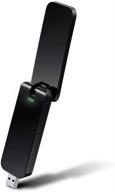
Enhance Internet Speed with TP-Link AC1200 Wireless Dual Band USB Adapter (Archer T4U V1)

40 Review
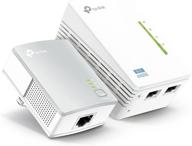
📶 Enhance and Expand Your Network with TP-Link AV600 Powerline WiFi Extender and WiFi Booster (TL-WPA4220 KIT)

44 Review

🔌 ASUS USB-BT400 USB Bluetooth Dongle Receiver - Compatible with Laptops and PCs, Plug and Play for Windows 10/8/7/XP. Supports Printers, Phones, Headsets, Speakers, Keyboards, and Controllers in Black.

79 Review
Another interesting products
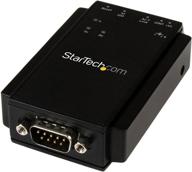
🔌 StarTech.com NETRS232 Serial to IP Ethernet Device Server - DIN Rail Mountable - Serial Device Server - Serial Over IP Device Server (Black)

4 Review
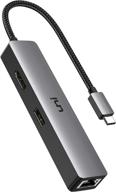
🔌 uni USB C Hub with Ethernet Adapter, 4K HDMI, Gigabit Ethernet, and 3 USB 3.0 Ports for MacBook Pro, iPad Pro, XPS

11 Review
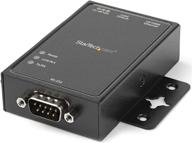
🌐 StarTech.com NETRS2321P: 1-Port RS232 to Ethernet IP Converter, Serial over IP Device Server - Black

5 Review
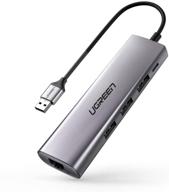
UGREEN USB 3.0 Ethernet Adapter Hub with RJ45: Fast Gigabit Ethernet Converter, 3 Ports USB 3.0 Hub Compatible for MacBook, iMac, Surface Pro, Chromebook, Laptop, PC

11 Review

